I was given the following question in an interview, and couldn't find the solution.
Given is an array of chars length n, and "important section" (all chars in this section must be saved) length m where n >= m >= 0 as follows:
Without extra space, perform the following process:
Remove all occurrences of A and duplicate all occurrences of B, return a sub array of the mutated array. For example, for the above array [C,A,X,B,B,F,Q] n=7, m=5 ,output will be [C,X,B,B,B,B]. Note that the mutated array length is 6, since Q was in the redundant section and B was duplicated.
Return -1 if the operation can't be performed.
Examples:
n=2, m=2 , [A,B] => [B,B]
n=2, m=2 , [B,B] => -1 (since the result [B,B,B,B] is larger then the array)
n=3, m=2 , [A,B,C] => [B,B]
n=3, m=3 , [A,B,C] => [B,B,C]
n=3, m=2 , [Z,B,A] => [Z,B,B] (since A was in the redundant section)
Looking for a code example, Could this be done in O(n) time complexity?
